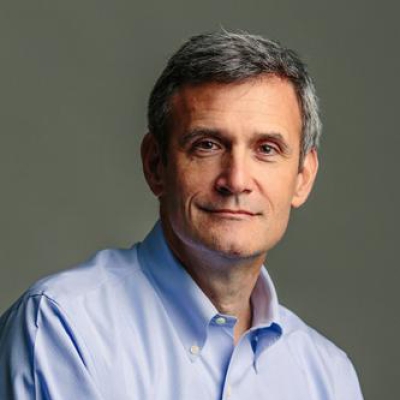The big news to emerge from the forty-eighth annual PDK Poll of the Public’s Attitudes Toward the Public Schools is that when a public school has been failing for a number of years, Americans would prefer to try to fix it by a six-to-one margin rather than to close it. More than any other finding in the poll, PDK says this result “exemplifies the divide between the reform agenda of the past sixteen years and the actual desires of the American public.” I’m not completely convinced. If school choice of any kind weren’t so utterly foreign to the experience of an overwhelming majority of Americans (nearly three out of four of us have no public school of choice available whatsoever), I’d be more surprised by the result. You’d likely get a similar ratio if you polled 1,221 adult Americans, as PDK has, and asked, “Given the option, would you like to have your home’s leaky roof and faulty wiring repaired? Or would you prefer to have your home condemned?” Without some clear sense of the alternative, you’d likely opt to stay put too. But let me not quibble too strenuously. The finding is noteworthy enough and surely says something about the disconnect between what people want for their children and what reformers believe is best for them.
Has education reform overplayed its hand? The PDK poll, the longest continuously running survey of public attitude toward education, offers a mixed verdict. Reformers have largely pushed a “Ye shall know them by their fruits” vision of schooling, with test scores being the measure of all things educational. The public isn’t completely on board. Less than half of adults (45 percent) see “preparing students academically as the main goal of a public school education.” One-quarter say schools should mainly be preparing students for work, while an equal portion see the goal as preparing kids to be for good citizens. Perhaps the result that should surprise education reformers the most is that—by a better than three-to-one margin (68-21 percent)—those polled would prefer that their local public schools add career, technical, or skills-based classes rather than more honors classes or advanced academics. (Then again, why must we choose?)
Some parts of the reform agenda seem to have gained a bit more traction. More than 40 percent say educational standards in their local schools are too low. And a strong majority (59-37 percent) oppose “opting out” of standardized state tests, although the gap narrows to 55-43 among parents with school-aged children. Interestingly, a solid majority of public school parents—61 percent—say that their children experience “about the right amount” of pressure to do well in school. Among the rest, 24 percent say the pressure is too high; 13 percent, too low. Who is putting this pressure on kids? The most common response is kids themselves, cited by about four in ten respondents. (A mere 19 percent say the pressure comes from teachers.) One thing that has not have not changed: Americans are still far more likely, by a roughly two-to-one margin, to hold a warmer view of their local public schools than the nation’s schools at large.
In a letter released with the poll results, Joshua P. Starr—the head of PDK international and the erstwhile superintendent of schools in Montgomery County, Maryland—writes that the results make clear that “the standards and test-based reforms of the past sixteen years have addressed only part of what the public wants. Given that our system is designed to be locally controlled, how should states, local school boards, and school system leaders think about what comes next?” Good question.
Not long ago, Andy Rotherham observed that education reform is dominated by people who liked being in and around schools and were good at it. “The result is an over-representation of elite schools and elite schooling experiences and little input from those who found educational success later in life or not at all,” he wrote in a perceptive column in U.S. News & World Report. The PDK poll seems to suggest he might be on to something.
SOURCE: “Critical Issues in Public Education: The 2016 Phi Delta Kappa Survey,” Phi Delta Kappa (August 2016).
